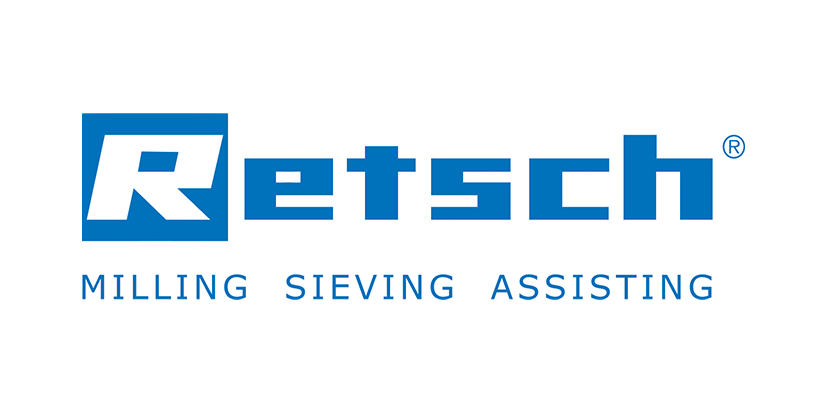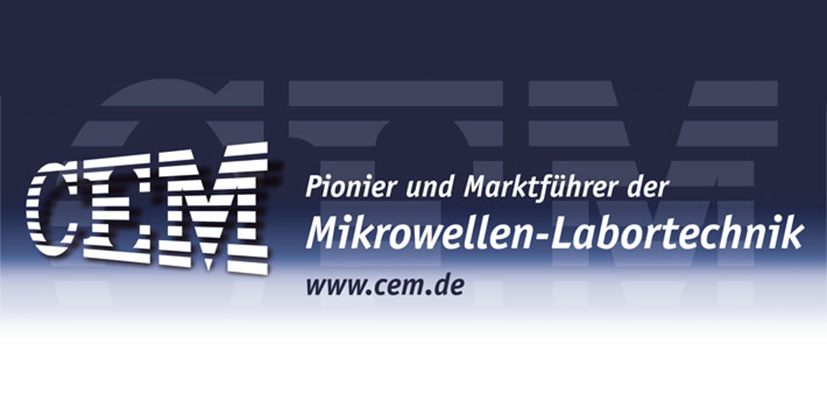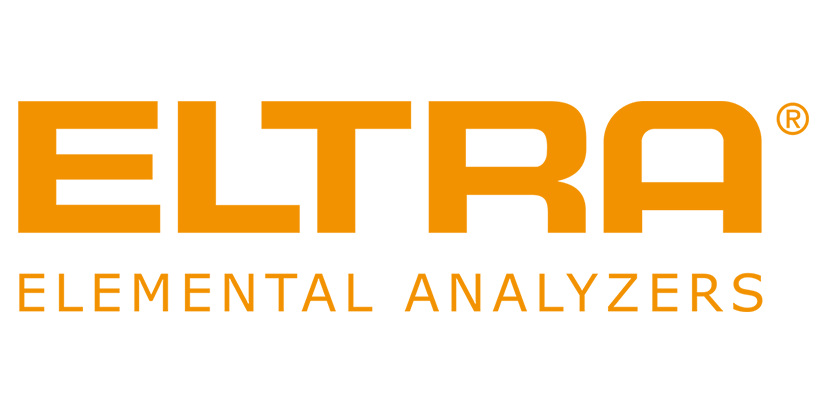Reproducible sample preparation for food analysis
Food occurs in different
consistencies and is often inhomogeneous. For meaningful analysis, food laboratories require representative samples, which makes homogenization necessary as part of sample preparation. Ideally, this step should involve as little work as possible. The prepared subsample must represent both the laboratory sample and the initial sample. This would not be the case with an inhomogeneous sample, as some components of the initial sample could be over- or under-represented.
In this webinar you will learn more about:
-Homogenization, standard deviation, correct analysis values
-How do I find the optimal method for my sample
-Cryogenic grinding (dry ice, liquid nitrogen)
-Suitable laboratory mills for homogenizing foodstuffs
-Live demos of selected mills
-Application examples
-Grain size determination using sieve analysis







